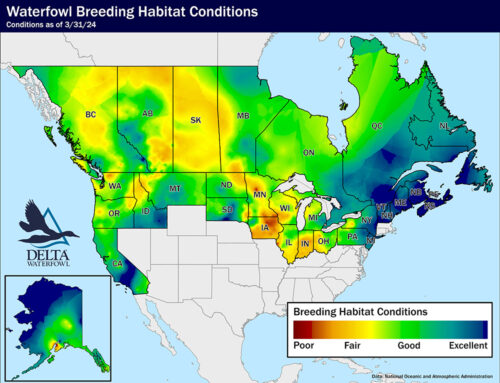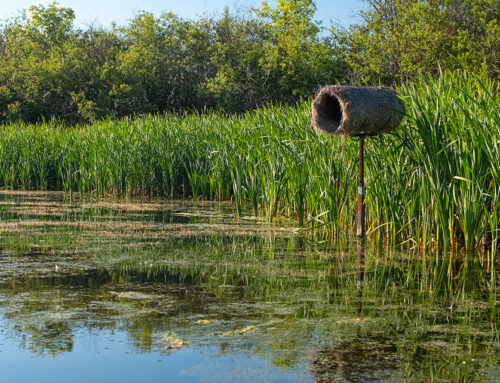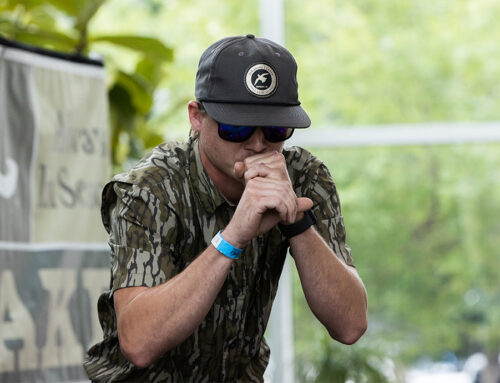Alaska Reopens Hunting for Emperor Geese

The species has been protected from harvest since 1987
By Paul Wait
Alaskan waterfowl hunters will have a chance this fall to take Emperor geese for the first time in more than 30 years.
Emperor geese — 6-pound waterfowl that sport white heads, grayish bodies, orange feet and two-tone pink and gray beaks — breed in western Alaska. Emperors generally don’t leave Alaska to winter, but they do migrate to coastal areas, in particular, to Kodiak and the Aleutian Islands.
 The species has been protected from sport hunting since 1986, when the population crashed to fewer than 45,000 birds. Subsistence hunting was curtailed in 1987.
The species has been protected from sport hunting since 1986, when the population crashed to fewer than 45,000 birds. Subsistence hunting was curtailed in 1987.
But now, emperor geese have recovered. With a stable, healthy population estimated at 177,000 geese, a tightly monitored hunting season has been established for 2017, according to Kyle Smith, waterfowl program manager for the Alaska Department of Fish and Game.
“The fall harvest quota is 1,000 emperor geese, which is allocated among seven different hunt areas in western Alaska,” he said.
Hunters will be allowed to take one goose per season by registration permit. Successful hunters must report their harvest within 24 or 72 hours, depending on zone. When the quota for a zone is reached, it will be closed by emergency order. The season begins on Sept. 1 in four zones, with an October start in the other areas.
Hunting for emperor geese is only open to Alaska residents for 2017, however 25 non-resident permits will be issued for 2018, according to Smith.
“These permits will be issued under a draw tag system, where applicants will apply during the November/December application period for 2018 hunts,” he said.
More information will be available this summer on the Alaska Fish and Game website, adfg.alaska.gov.






The statements from Mr. Smith had me confused as they did not mesh with what I recalled from the recommendations published in media reports from the co-management council. Review of Proposal 157 submitted to the Board of Game in January 2017 by the co-management council did not provide for any non resident take of Emperor Geese. The Board of Game changed the proposal to allow for a non-resident drawing permit.
Due to the logistics involved in reaching the areas Emperor geese inhabit in the fall, the requirement for non-residents to use a drawing permit system seems disingenuous. The money needed to pay for the access will be a much larger factor to control the take by any hunter, not just non-residents.
Well done Alaska DNR. Keep up the good work.
Where these Geese are most hunters are Native subsistence hunters that still use lead shot a lot and don’t do a lot of reporting. I am not saying that is not their right. But, the whole thing about this seems overblown and sounds kind of silly But then, it also is not a lot of trophy hunters going out to get a rare bird.